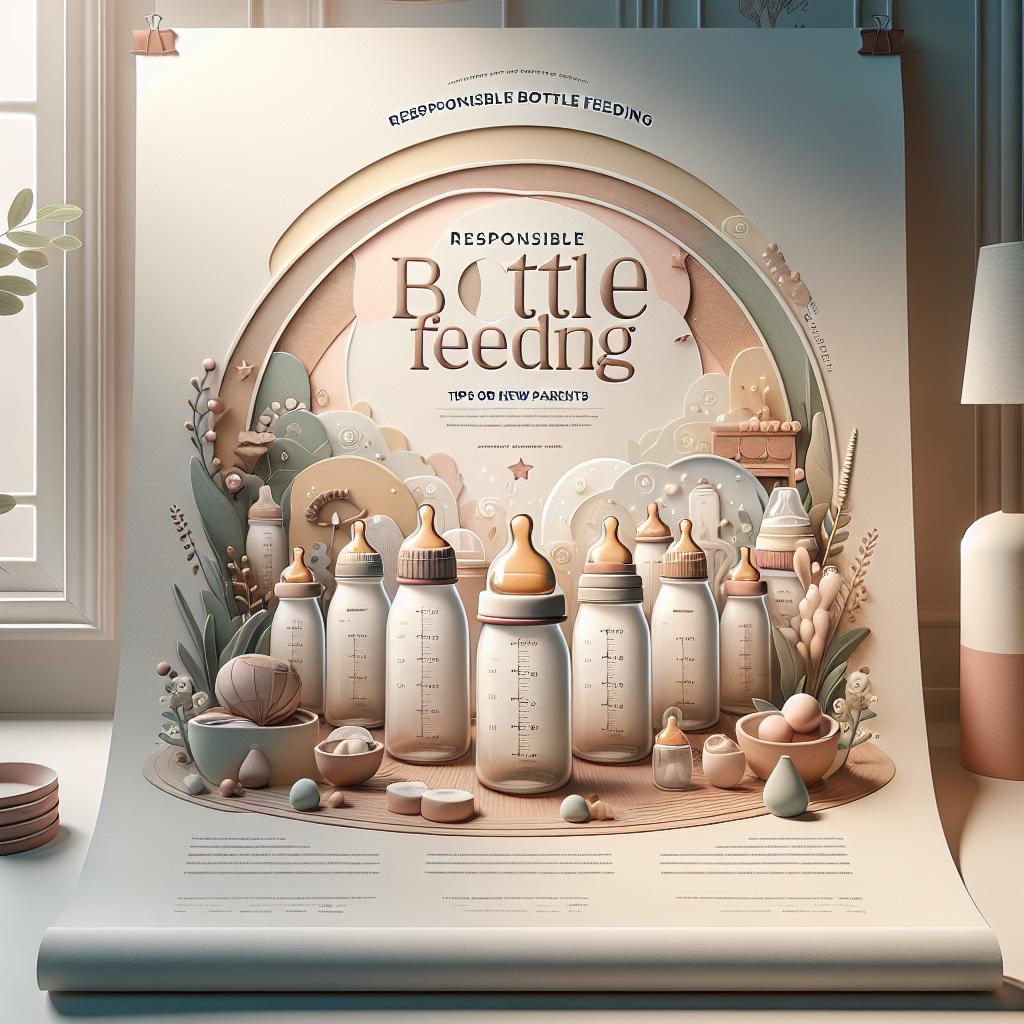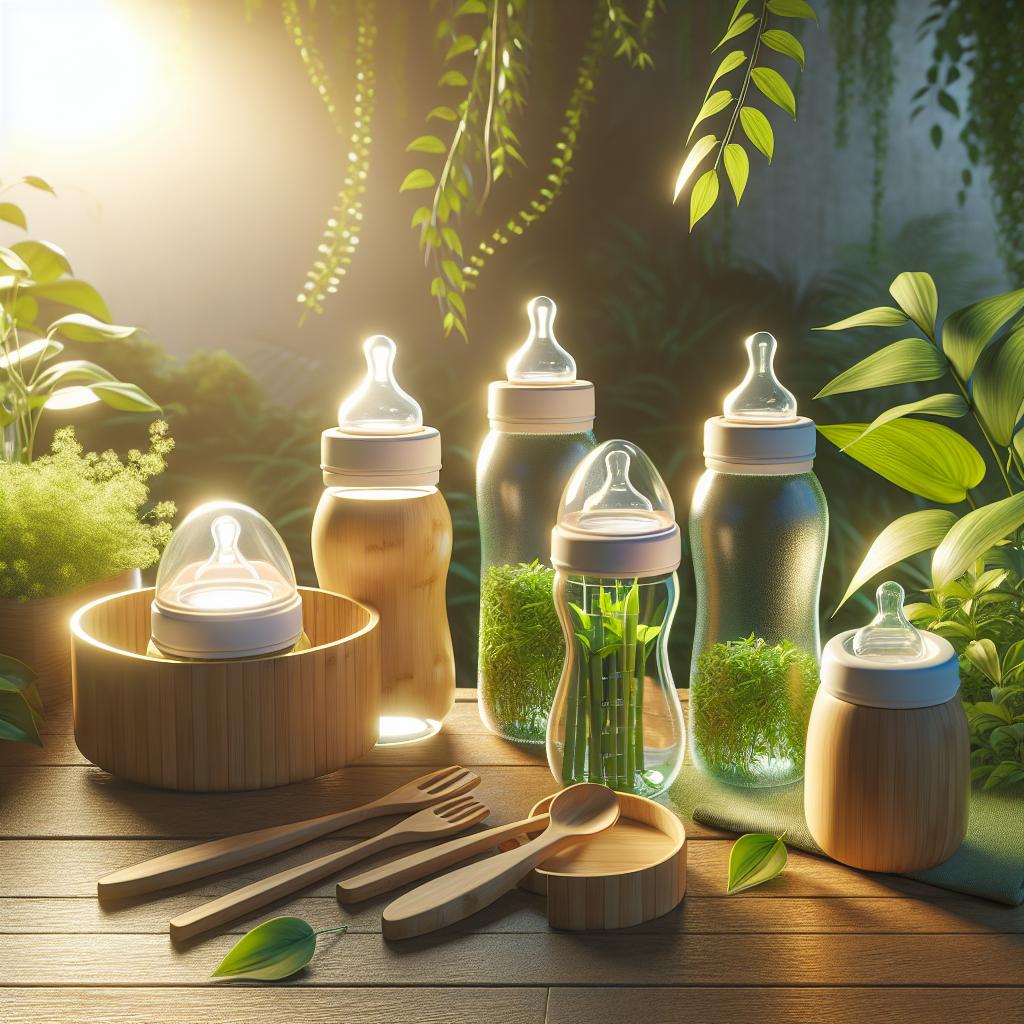Choosing the Right Bottle for Responsible Bottle Feeding
New parents are often overwhelmed with the multitude of baby products available, and bottles are no exception. There are numerous brands, shapes, and sizes to choose from but fret not; we’ll provide you with all the defensive knowledge you need.
Qualities of the Best Baby Bottles
First thing’s first, what should you look for in the best baby bottles? Here’s a rundown:
- They are easy to clean and assemble
- They are leak-free and have tight-fitting lids
- The nipple design mimics breastfeeding
- They are made from non-toxic materials like BPA-free plastic, glass, or silicone.
Bottle Wizard’s guide walks you through selecting secure feeding bottles that prioritize your baby’s safety.
Why the Right Bottle Matters
Mayo Clinic emphasizes the importance of selecting the right bottle for your baby. Using incorrect ones could lead to colic, gas, and even ear infections. Understanding these possible health outcomes emphasizes the importance of responsible bottle feeding.
Responsible Bottle Feeding
Responsible bottle feeding extends beyond just the type of bottle you choose; it also involves how you prepare, store, and serve the bottle.
Bottle Preparation and Storage
According to CDC guidelines, always wash your hands before preparing bottles and use clean, sterilized bottles. Keep prepared bottles in the fridge until feeding time, and never reuse leftover milk from a previous feeding.
Serving the Bottle
When serving the bottle, make sure the milk is at a safe temperature, ideally body temperature. Test it on your wrist before feeding. Ask for help from Bottle Wizard’s post for a detailed guide on temperature safe feeding.
Follow Your Baby’s Feeding Cues
USDA suggests letting babies dictate their feeding schedule as much as possible. This approach lets them develop hunger and fullness cues. On this note, Ellyn Satter Institute recommends that parents should be responsible for what, when, and where to feed, while children decide how much and whether to eat.
Remember, baby feeding isn’t a precise science. It requires patience and the ability to adapt according to your baby’s needs. Stay tuned for more insights on making your feeding experience stress-free.
Choosing the Right Bottle: Material Matters
When choosing a bottle, go beyond brand and appearance; the material of the bottle is equally important. Material choices commonly include:
- BPA-Free Plastic: This is cheap, lightweight, and durable, but may not be the safest option if exposed to high temperatures.
- Glass: Commonly considered safer than plastic, glass doesn’t degrade or release harmful substances. However, it’s heavier and more prone to breaking.
- Silicone: Soft and flexible, silicone bottles are lightweight, resistant to temperature changes, and free from harmful chemicals. They can be pricier than other options.
Thoughtfully weighing the pros and cons of each material type is an essential step to getting the best baby bottles. For more insights, this NCT’s guide gives you practical tips for bottle feeding your baby.
Considering Bottle and Nipple Shapes
Bottle and nipple shape can significantly impact your baby’s feeding experience. Some babies might prefer a particular style over another. Therefore, keep a couple of different options handy during initial feedings. Some popular shapes include standard, wide-neck, and angled bottles.
For the nipple, choices often refer to the level of the nipple’s protrusion and base breadth. Observe and understand your baby’s preferences to ensure their comfort.
The Role of Bottle Size and Flow Rate
Bottle size and flow rate are also vital factors to consider. Bottle sizes typically range from 4 ounces (for newborns) to 8 or 9 ounces (for older babies). Start with smaller bottles and switch to larger ones as your baby grows.
As for the flow rate, this depends on the speed at which milk comes out of the bottle, which should align with your baby’s sucking ability. Fortunately, most bottle brands indicate recommended ages for each flow rate.
Understanding Formula Feeding
If you’re formula feeding, it’s useful to understand the nutritional aspects of baby formulas, as well as correct preparation methods, to maximize the health benefits for your baby. For further details, this guide on feeding your baby with formula is a good starting point.
Sharing Feeding Duties
Feeding isn’t a one-person job. Amongst other things, sharing feeding responsibilities helps ensure that both parents/partners bond with the baby. This also ensures rest periods for primary caregivers, crucial to avoiding burnout. Here’s a helpful article about sharing nighttime feedings and duties.
Considerations for Special Situations
Certain circumstances may require specially designed bottles or feeding techniques. For example, preemies, babies with colic, reflux, or those with special needs. Discuss these issues with your pediatric healthcare provider to determine the best approach.
Don’t forget that patience and observation are vital to find what works best for you and your baby. Safe, responsible bottle feeding isn’t just about the type of bottle chosen but encompasses everything from careful preparation to understanding your baby’s cues. Stick with us for more information and tips on navigating parenthood.







